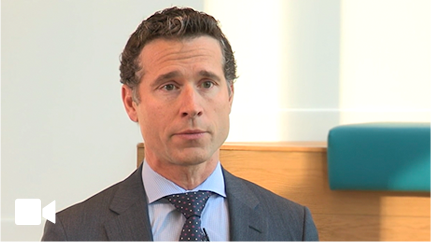Preparing for a changing credit cycle
Why higher rates may eventually lead to increased distressed investment opportunities
Key highlights
- Dispersion among U.S. high-yield bond issuers has risen along with interest rates.
- Historically, when dispersion has risen, distress in the high-yield market also has tended to rise, offering investors opportunities to take advantage of credit dislocations.
- Transition in the high-yield market has been orderly so far, largely a function of still sound corporate finances.
- Yet as refinancing needs increase in 2024 and beyond, so too may the challenges of adjusting to higher interest rates.
Not your information? Reset form
This site is persons in Canada only. Mutual funds sponsored by Fidelity Investments Canada ULc are only qualified for sale in the provinces and territories of Canada.
Views expressed regarding a particular company, security, industry or market sector are the views only of that individual as of the time expressed and do not necessarily represent the views of Fidelity or any other person in the Fidelity organization. Such views are subject to change at any time based upon markets and other conditions, and Fidelity disclaims any responsibility to update such views. These views may not be relied on as investment advice and, because investment decisions for a Fidelity Fund are based on numerous factors, may not be relied on as an indication of trading intent on behalf of any Fidelity Fund.
818423.0













